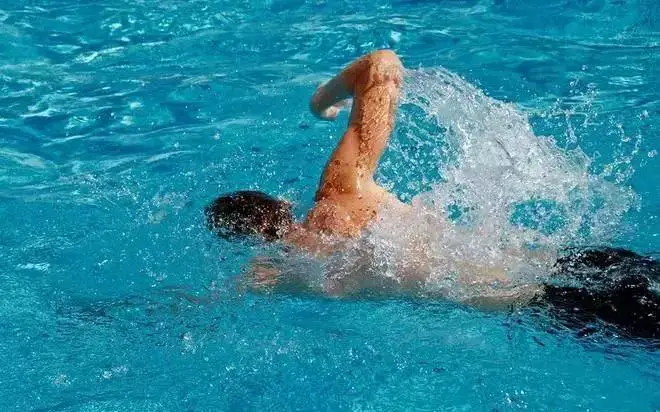Large wounds and those that take long to heal may require stitches. Stitches or sutures help the wound heal faster and prevent post contamination from external objects. The type and size of the stitches you need largely depend on the location and severity of the wound.
If you know anything about sutures, it’s probably that you shouldn’t get them wet. Wetting the stitches can prolong the healing process or cause reinfection. When taking a shower or swimming, you have to take extra care to keep the sutures dry.
However, having stitches does not mean you can’t shower or swim. With the right precautionary measures, you can enjoy activities like swimming without much worry. So, how do you keep sutures dry when in water? Read on to learn more on how to keep stitches dry when swimming.
Should you go swimming with sutures?
Table of Contents
As your doctor will likely advise you, you shouldn’t get the stitches wet. Fortunately, with the proper steps, this won’t be a problem. The first step is waterproofing the sutures to prevent them from getting wet. There are numerous products tailored to keep the stitches dry.
After you’ve waterproofed the stitches, you can enjoy swimming as you normally would. However, you should limit the amount of time you spend in the water. The longer you’re in the water, the greater the chance of contamination and reinfection.
How effective are waterproof bandages?
Waterproof bandages are specifically designed to keep water out and the wound dry. Ideally, you should check the reviews of any waterproof bandage before using it. Additionally, you can request recommendations from your healthcare provider on the best type of waterproof bandage to use.
What should you do if stitches get wet?
It’s really important to keep stitches dry to allow the wounds to heal. However, you could accidentally get the sutures wet when swimming or taking a shower. If this happens, you should dry the stitches by patting the affected area with a soft dry cloth.
Generally, taping the sutures will get rid of most of the water. However, if you notice any damage to the area or start feeling a pain that wasn’t there before, you should inform your doctor or healthcare provider. Moreover, if the wound begins to turn red after being exposed to water, you should notify your doctor immediately. Redness and swelling are the most common signs of wound reinfection.
Are all waters unsafe to swim in with stitches?
Unless you really have to go swimming, most doctors advise you to lay off large bodies of water until the wound heals. Most sutures are removed or replaced after a couple of weeks. If possible, take this time to keep out of the water and allow the wound to heal.
However, if you decide to go swimming nonetheless, you should opt for safe bodies of water. Swimming pools are chlorinated to kill off most germs and contaminants. This makes swimming pools the safest place to go swimming, although there are still considerable risks.
Seas and oceans, on the other hand, are full of bacteria and germs that can infect the wound and cause more damage than good. Tap water is generally safe, though, like the swimming pool, there are considerable risks.
Ultimately, taking care of your sutures and keeping them dry will help the wound heal faster. If you have to be in the water, however, these tips will help you care for the sutures. These tips will improve your safety learning how to keep stitches dry when swimming means you can safely get into water bodies as long as you follow the preventive measures. Also, in case of any irregularities with the wound, please notify your healthcare provider to avoid further complications.
Sources:

